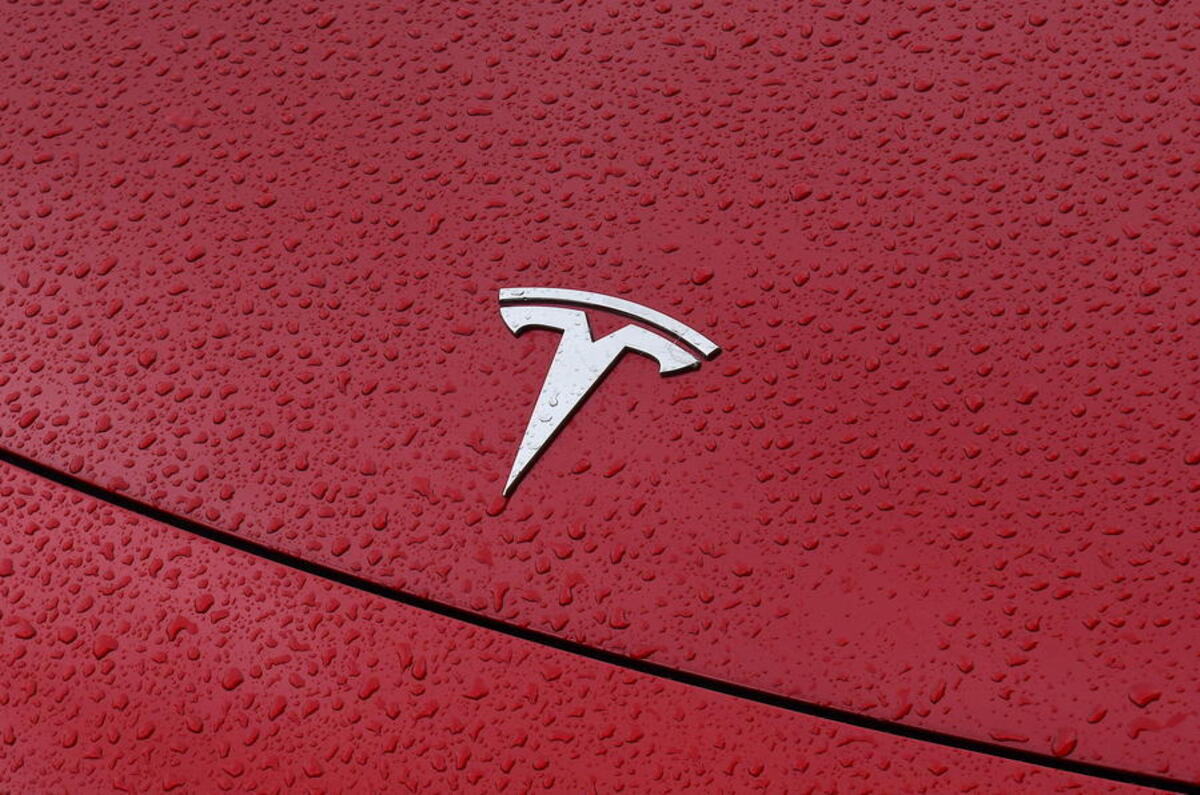“One for the history books” is how Tesla CEO Elon Musk has described the rescheduled Robotaxi reveal day on Thursday 10 October.
Dubbed ‘We, Robot’, in apparent reference to the 2004 sci-fi film starring Will Smith and the Isaac Asimov book that inspired it, the event is going to be staged at the Warner Bros studio lot in Hollywood, California. Investors, however, will be hoping that the technology displayed will transcend its fictional backdrop and appear tangible enough to give a clear vision of both short- and medium-term cash-generating reality. “The bar is very high,” Deutsche Bank analyst Edison Yu wrote in a note, warning of the consequences if it doesn’t impress. “We could envision a ‘sell the news’ type of market reaction.”
A credible robotaxi
Anyone can design a plausible-looking robotaxi and indeed most car companies have already done so, most recently Rimac with its Verne venture. Clearly Tesla also has the capability to program a car to drive by itself trouble-free round a movie lot. The trick therefore will be to convince attendees that the technology is very close to escaping its confines and offer a credible alternative to robotaxis already operated by Google’s Waymo in US cities. Expect the hand-picked (and therefore less sceptical) attendees to be offered driverless rides in the push to get the message across.
A business case
Ever-generous with its bold promises, Tesla could pitch itself as a rival to Uber to offer both passenger rides and food delivery from its fleet of robotaxis. McDonald’s recently posted cryptically that “Chat's about to pop off 10.10” with a picture of bagged-up take-out, suggesting Tesla might have lured the fast-food company to become a trial partner in the same way it did with Pepsi in the early days of the Tesla Semi truck.
Taking to the air
One of Tesla’s biggest cheerleaders - Adam Jonas from the bank Morgan Stanley – has recently floated a theory to his clients that the overarching Tesla autonomous fleet will include drones. Flying cars have lost some of their sparkle when it comes to boosting the stock prices of tech-forward EV companies, but Tesla could more credibly tie its AI-driven autonomous message to an airborne fleet of delivery drones.
The affordable EV at last

Musk has hinted at a second vehicle to be shown on 10.10 and many analysts are wondering if/hoping that it’ll be an affordable EV that he’s previously said will be on sale early next year. With the Model 2 reportedly dead, this is likely to be a variant of the Model 3 “enabling Tesla to unlock a lower price segment”, said Yu. With the current line-up essentially just two vehicles (only 26,128 of the 469,796 cars Tesla built in the second quarter were Model S, Model X and Cybertruck), a third model is crucial to keeping Tesla’s sales growth on track.






Add your comment